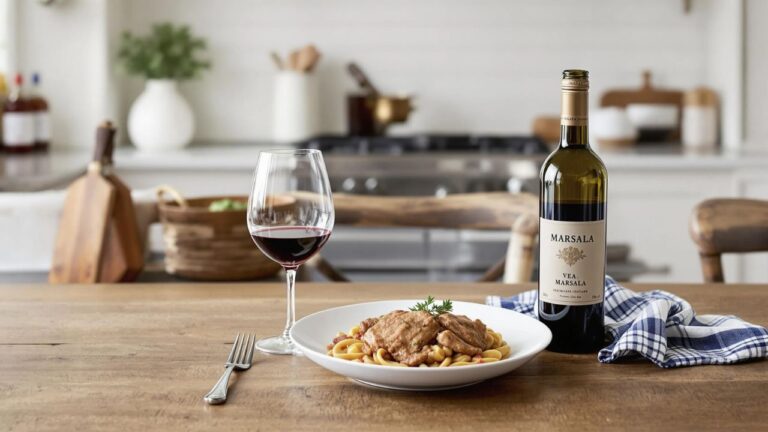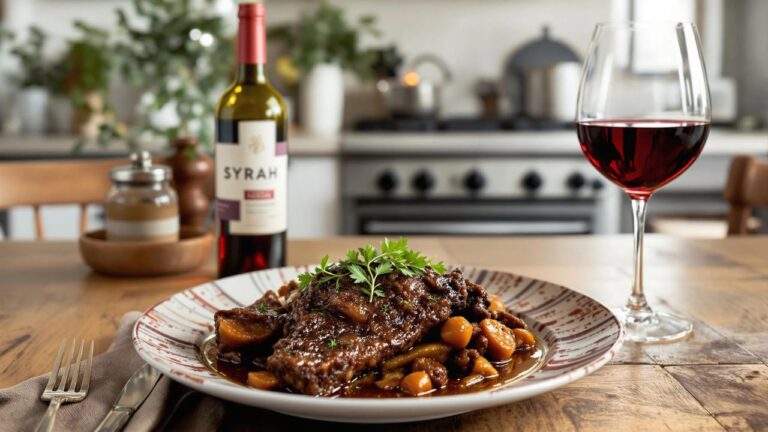Wine Yeast vs Bread Yeast: What I Learned Making Wine
At first glance, tossing any old yeast into your mix might seem like a no-brainer. After all, yeast is the magical ingredient that turns a gloomy bowl of ingredients into bread, beer, or wine. But, as I’ve learned on my wine-making adventures, not all yeasts are created equal. Wine yeast and bread yeast are like distant cousins who only see each other at family reunions. They might share a last name, but their roles in the kitchen and cellar are worlds apart.
Varieties and Strains
I’ve discovered that when it comes to wine yeast and bread yeast, the diversity in varieties and strains is like comparing apples to oranges. Wine yeast, specifically crafted for winemaking, comes in a plethora of strains each tailored to enhance certain attributes of the wine. For example, some strains promote a faster fermentation process, while others are selected for their ability to bring out specific flavors in the wine.
On the flip side, bread yeast, which folks typically utilize in baking, is generally available in fewer varieties. The most common strain, Saccharomyces cerevisiae, is a one-size-fits-all solution aimed at leavening bread. It’s not about enhancing flavors or altering the profile of a bake; it’s about getting that dough to rise reliably.
Flavor Profiles and Sensory Impact
Wine yeast is the silent artist behind the scenes, working to not only ferment the grape juice but to also develop and enhance the wine’s complex flavors and aromas. Different strains can dramatically alter a wine’s character, contributing to a broad palette of sensory experiences ranging from fruity and floral to spicy and earthy.
Bread yeast, by contrast, has a more direct and, let’s say, less nuanced role. While it does contribute to the flavor of bread, its primary goal isn’t to impart specific taste nuances. That said, anyone who’s experimented with making wine using bread yeast might have noticed an unintended consequence – a bready or yeasty flavor overtaking the subtle notes you’d expect in a wine. It’s a clear indicator that while yeast may just be yeast on a biological level, the end results couldn’t be more different.
Fermentation Speed and Temperature Tolerance
Wine yeast strains are designed to thrive in varied conditions, allowing them to ferment steadily over days or sometimes weeks at lower temperatures. This slow and steady process is key for developing a wine’s flavor profile and ensuring a stable fermentation.
Bread yeast, in contrast, is all about quick results. It works best at warmer temperatures and can get your dough rising in just a few hours. This is perfect for baking, but when applied to winemaking, it can lead to a rushed fermentation process. This not only affects flavor development but, in my experience, can also impact the wine’s stability and longevity.
Alcohol Tolerance: Wine Yeast vs Bread Yeast
When I say alcohol tolerance here, I’m referring to the maximum alcohol level at which yeast can survive and continue fermenting. It’s key for determining the outcome of your fermentation process, whether you’re aiming for a robust wine or fluffy bread.
Wine yeast, such as EC1118, is engineered for resilience, thriving in environments with alcohol concentrations upward of 18%. This stout tolerance allows winemakers to achieve those higher alcohol content wines that many of us enjoy, attributing to the yeast’s ability to keep fermenting sugar into alcohol even as the alcohol levels rise in the concoction.
On the flip side, bread yeast, like the common baker’s yeast, taps out at much lower alcohol concentrations, generally peaking around 8-10% ABV. It’s designed to leaven bread, not produce high-alcohol beverages. The lower alcohol tolerance of bread yeast aligns with its primary role in baking, where the focus is on gas production for leavening rather than alcohol production.
In an experimental setting, using bread yeast in winemaking or wine yeast in bread-making often yields unexpected results due to this disparity in alcohol tolerance. For instance, if you’re adventurous enough to use bread yeast for winemaking, aiming for a high ABV product, you might find fermentation halts prematurely. Similarly, wine yeast can overdry your bread, given its aggressive alcohol production capabilities, which isn’t ideal for that soft, airy texture we all love.
In essence, understanding the alcohol tolerance levels of these yeasts can massively influence your fermentation projects’ success, guiding the choice between wine and bread yeast depending on the desired outcome. It’s a testament to the specialization of these microorganisms, emphasizing their tailored adaptation to their respective crafts.
When to Use Wine Yeast
Opting for wine yeast is a no-brainer when crafting high-quality wines. This choice comes down to the yeast’s superior alcohol tolerance, which ensures that fermentation continues smoothly, even as alcohol levels rise. Wine yeast strains like EC1118 are my go-to for producing wines with a robust flavor profile and desired alcohol content. Additionally, these yeasts lend a certain complexity and depth to the wine, enhancing its overall aroma and taste.
In situations where control and consistency are paramount, wine yeast shines. Its predictable fermentation process allows me to manage the wine’s development meticulously, resulting in a beverage that meets my exact standards. Whether aiming for a dry, sweet, or sparkling wine, selecting the appropriate wine yeast strain is key.
When to Use Bread Yeast
On the other hand, bread yeast takes the spotlight in baking endeavors and non-traditional brewing experiments. Its primary role is to leaven bread, creating the fluffy, airy texture we all love. The lower alcohol tolerance of bread yeast makes it unsuitable for producing strong alcoholic beverages, but it’s perfect for light, homebrewed beers where a unique, bready flavor is desired.
I’ve found bread yeast to be particularly useful in situations where I’m aiming for innovation over precision. For example, making a batch of homemade beer with a twist can be an exciting project. Craft brewers have even started using bread yeast to add those bready notes to their beers, proving how versatile this yeast can be when used creatively.
Another interesting use of bread yeast is in the production of Joes Ancient Orange Mead (JAOM), where its limitations in alcohol tolerance actually benefit the final product’s sweet, nuanced flavors. It’s in these experimental brews where bread yeast truly finds its niche, offering a gateway to unconventional flavors and techniques.
Consequences of Using the Wrong Yeast
When you use wine yeast for bread, or bread yeast for wine, you’re setting yourself up for some unexpected outcomes. Wine yeast is a champion at fermenting sugars into alcohol, achieving higher alcohol contents without imparting any unwanted flavors. This characteristic is great for winemaking but not so much for baking. If you use wine yeast in your bread dough, don’t be surprised if it struggles to rise. The low foam formation and high alcohol tolerance of wine yeast don’t lend themselves well to the fluffy, airy texture you expect in baked goods.
On the flip side, using bread yeast in winemaking projects can lead to a slew of issues. Due to its lower alcohol tolerance, bread yeast often taps out early in the fermentation process, leaving unfermented sugars behind. This can result in a wine that’s sweeter than anticipated, not to mention potentially lower in alcohol content. Moreover, bread yeast can introduce flavors to your wine that might remind you more of a bakery than a vineyard.
Experimenting with different yeasts can be a fascinating journey, but it’s key to understand the limitations and characteristics of each type. While there’s a bit of wiggle room for creativity, especially in homebrewing circles, sticking to the yeast best suited for your project is usually the key to success.





